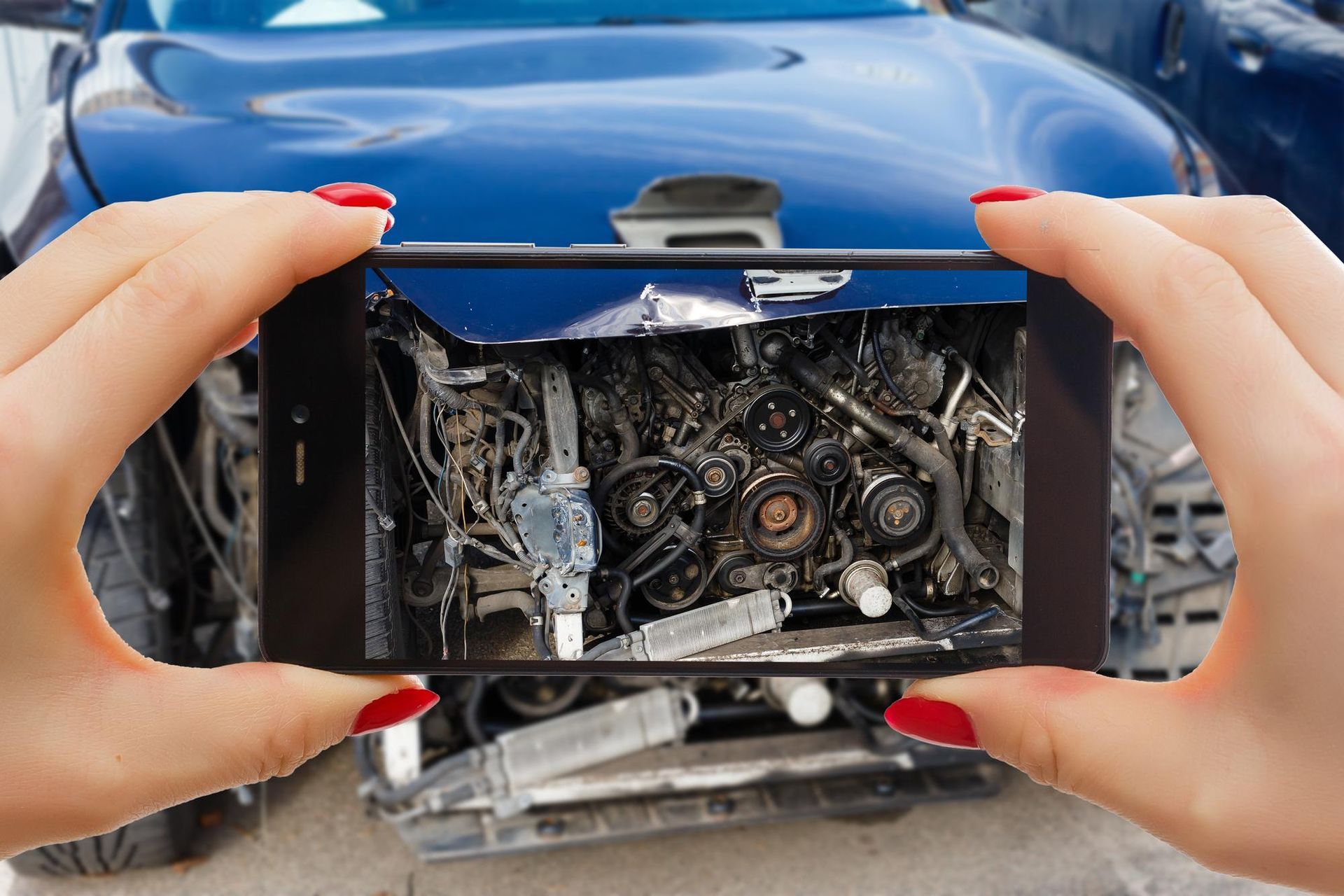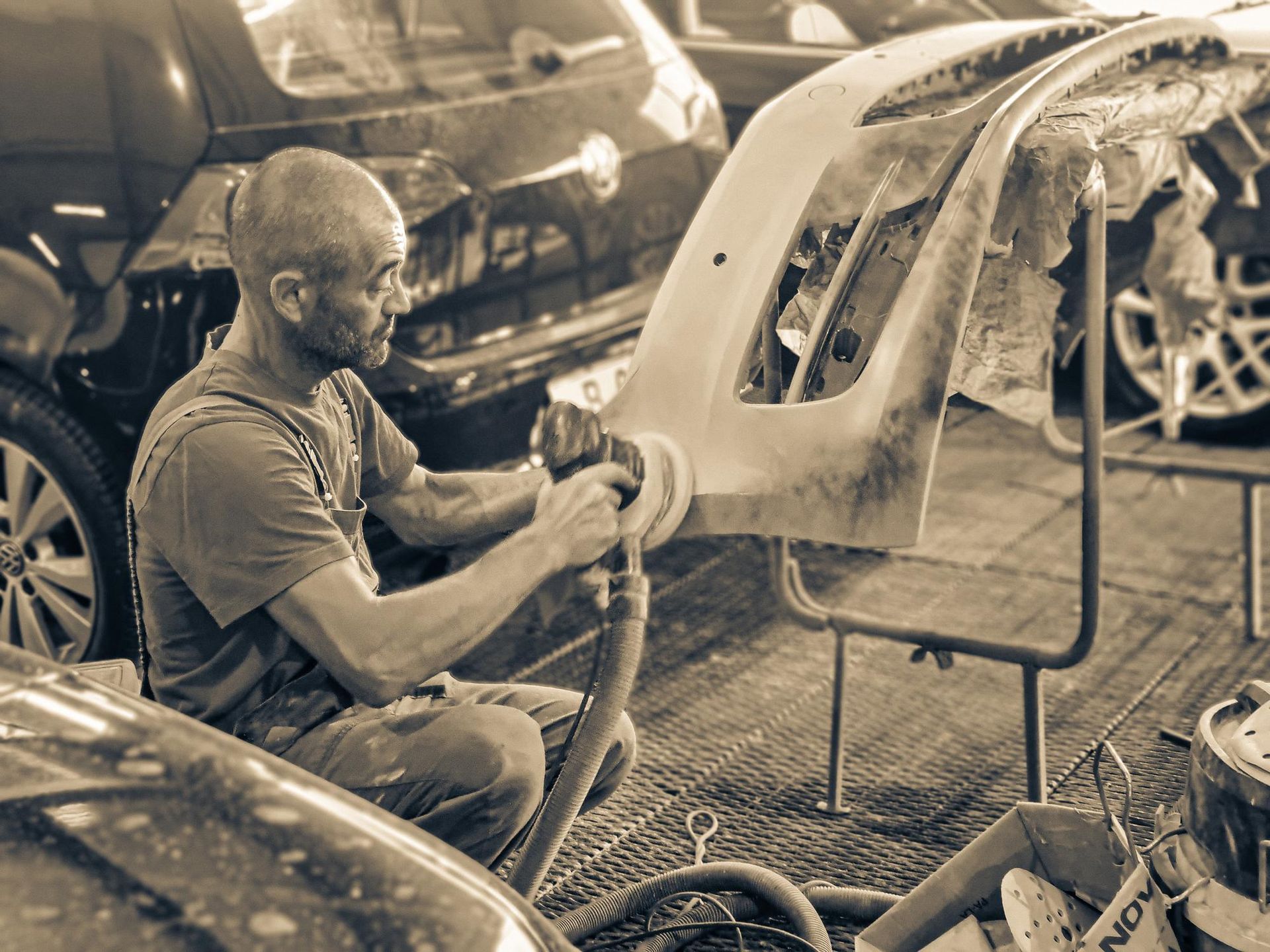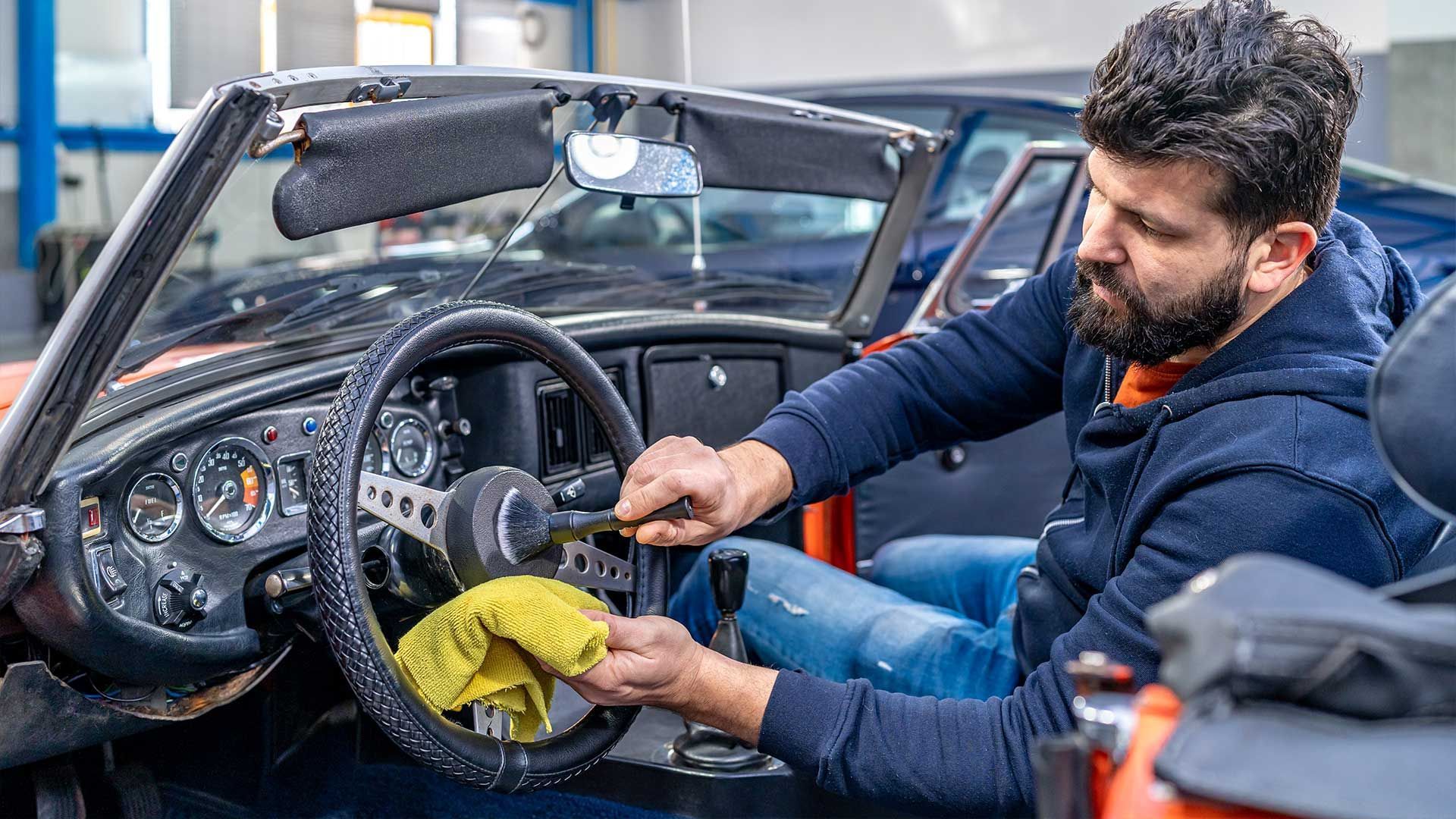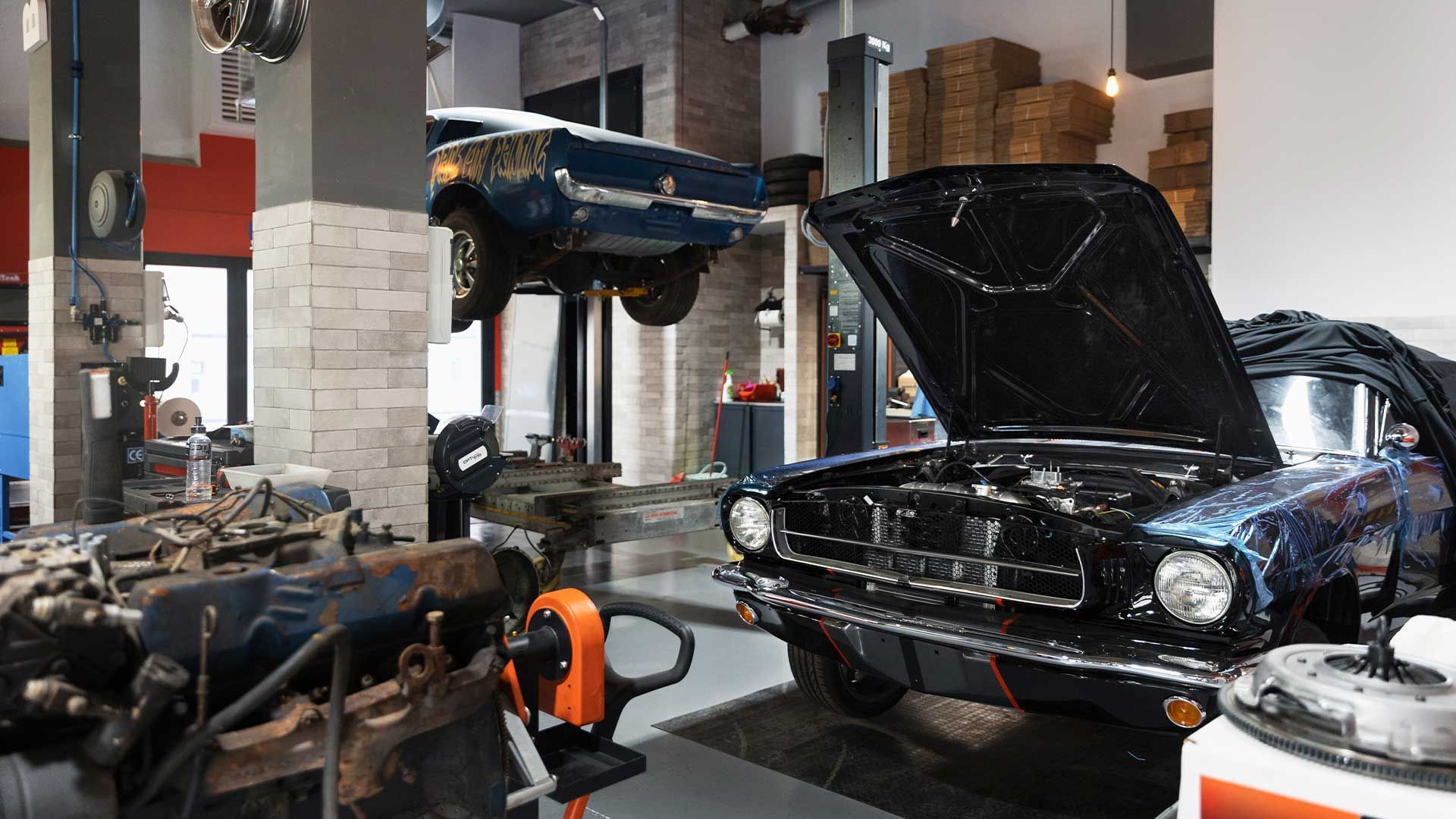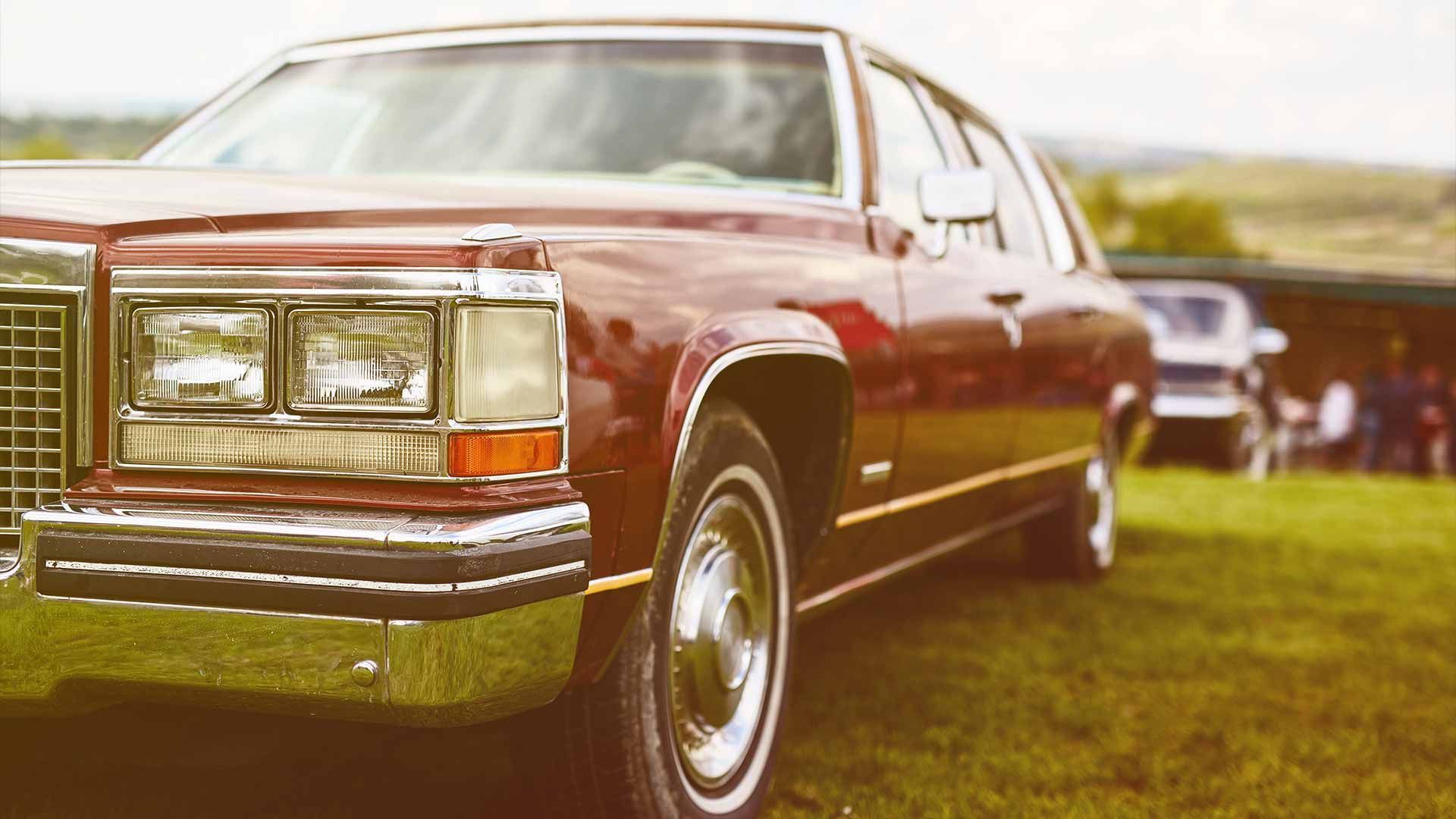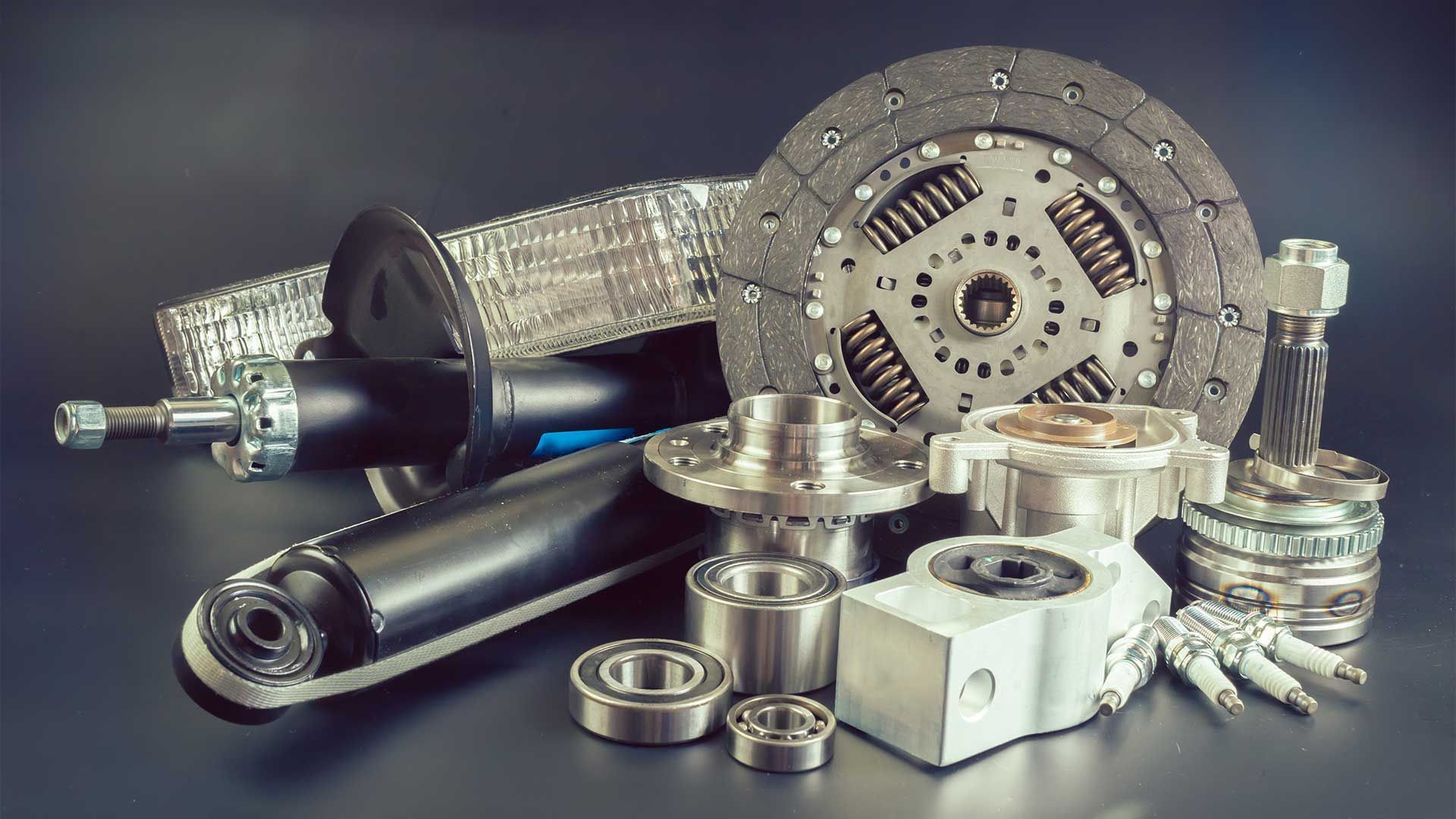Get Ready for 2024: Car Interior Restoration Tips
THE IMPORTANCE OF CAR INTERIOR RESTORATION
Car interior restoration isn't just a matter of enhancing the visual appeal of your vehicle. It goes much deeper than that. A well-maintained interior contributes to a more comfortable and enjoyable driving experience. It also plays a significant role in preserving your car's resale value.
As we approach 2024, it's essential to prioritize car interior restoration to ensure that your vehicle is in optimal condition. The wear and tear of daily use can take a toll on your car's interior, making it prone to damage, stains, and discomfort. By addressing these issues, you'll be better prepared for the challenges of the road in the coming year.
ASSESSING YOUR CAR'S INTERIOR
Before diving into the restoration process, take the time to assess your car's interior thoroughly. Inspect every nook and cranny, from the dashboard to the seats, carpeting, and upholstery. Look for signs of wear and tear, damage, or areas that require attention.
While evaluating your car's interior, pay close attention to:
- Seat condition, including tears, stains, or sagging cushions.
- Dashboard and console condition, checking for cracks or fading.
- Carpet and floor mats for wear, stains, or odors.
- Door panels and trim for loose parts or damage.
- Headliner for any sagging or damage.
- This careful assessment will help you identify the specific areas that need restoration and guide you in planning your project effectively.
SETTING A BUDGET
Car interior restoration can vary widely in terms of cost, depending on the extent of the work needed and the materials you choose. It's crucial to set a budget before diving into the restoration process. Having a clear budget in mind will help you make informed decisions and avoid overspending.
Consider factors such as the cost of materials, tools, and any professional services you might need. Be realistic about what you can afford and what you're willing to invest in your car's interior. By setting a budget, you'll be able to prioritize restoration tasks and allocate funds where they are needed most.
DIY VS. PROFESSIONAL RESTORATION
One of the first decisions you'll need to make is whether to embark on a DIY car interior restoration project or seek professional assistance. Each option has its pros and cons, and the choice largely depends on your skills, time, and budget.
If you have experience with automotive DIY projects and access to the necessary tools, you may opt for a DIY approach. It can be a fulfilling and cost-effective way to restore your car's interior. However, keep in mind that some tasks may require professional expertise, especially if you're dealing with complex repairs or upholstery work.
Professional restoration services offer the advantage of experience and specialized equipment. They can deliver high-quality results and save you time and effort. If you're not confident in your DIY skills or prefer a hassle-free experience, consulting with professionals might be the right choice.
ESSENTIAL TOOLS AND MATERIALS
Whether you choose a DIY or professional approach, having the right tools and materials is essential for a successful car interior restoration project. Here's a list of essential items you'll need:
Cleaning Supplies: High-quality cleaning agents, brushes, and microfiber cloths for thorough cleaning.- Repair Tools: Depending on the condition of your interior, you may need tools for minor repairs such as fixing loose trim or dashboard components.
- Upholstery Materials: Replacement upholstery or fabric for repairing seats, headliners, and door panels.
- Seat Covers: Durable seat covers to protect and enhance the look of your seats.
- Flooring Materials: Replacement carpeting or floor mats if your car's flooring is damaged.
- Protective Gear: Gloves, masks, and safety glasses to ensure your safety during the restoration process.
Investing in high-quality tools and materials will make the restoration process more manageable and lead to better results.
STEP-BY-STEP RESTORATION GUIDE
Now that you've assessed your car's interior, set a budget, and decided on the approach, it's time to dive into the restoration process. Here's a step-by-step guide to help you restore your car's interior effectively:
Cleaning: Begin by thoroughly cleaning the interior. Vacuum carpets, wipe down surfaces, and use appropriate cleaning agents to remove stains and dirt.- Repairs: Address any minor repairs, such as loose trim or dashboard components. Fixing these issues early can prevent further damage.
- Upholstery: If your seats or other upholstery are damaged, consider repairing or replacing them. Ensure that new upholstery matches the style of your car's interior.
- Dashboard and Console: Use appropriate cleaning and conditioning products to restore the shine and protect these surfaces.
- Flooring: If your car's flooring is damaged, replace it with new carpeting or floor mats. Ensure a snug fit for a polished look.
- Door Panels and Trim: Repair or replace any damaged door panels or trim pieces to maintain a cohesive interior appearance.
- Headliner: If your headliner is sagging, consider professional reinstallation or repair.
- Seat Covers: Install durable and attractive seat covers to protect your newly restored seats.
- Final Cleaning: Give your interior one last thorough cleaning to remove any residue or dust from the restoration process.
By following these steps, you can restore your car's interior to its former glory and step into 2024 with a fresh and comfortable ride.
GREEN APPROACHES TO CAR INTERIOR RESTORATION
As we move into 2024, it's essential to consider sustainable and eco-friendly approaches to car interior restoration. Being environmentally conscious not only benefits the planet but also ensures a healthier and safer driving experience.
Here are some green practices you can incorporate into your car interior restoration project:
Choose Eco-Friendly Materials: Opt for upholstery materials and cleaning products that are eco-friendly and free from harmful chemicals.- Recycle and Repurpose: Whenever possible, recycle or repurpose old interior components rather than disposing of them.
- Energy-Efficient Tools: Use energy-efficient tools and equipment during the restoration process.
- Reduced Waste: Minimize waste by planning your restoration carefully and using materials efficiently.
- Proper Disposal: Dispose of any waste, such as old upholstery or damaged components, in an environmentally responsible manner.
By adopting these green practices, you can contribute to a more sustainable future while restoring your car's interior.
CONCLUSION
Getting your car's interior ready for 2024 is a rewarding endeavor that enhances your driving experience and preserves your vehicle's value. Whether you choose to tackle the restoration yourself or seek professional assistance, careful planning and attention to detail are key to success.
Remember to assess your car's interior thoroughly, set a budget, and decide on the best approach for your needs. With the right tools, materials, and a step-by-step restoration guide, you can transform your car's interior into a comfortable and stylish space.
When it comes to seeking professional assistance for your car interior restoration needs in Maricopa, AZ, we recommend LR Classics, LLC. You can reach them at (520) 494-2745. They have a proven track record of providing exceptional car interior restoration services. With LR Classics, LLC, your car's interior will be in expert hands.
As we move forward into 2024, consider incorporating green practices into your restoration project to make environmentally conscious choices. By following these tips and taking action, you'll be well-prepared to enjoy your freshly restored car interior in the coming year and beyond.
So, what are you waiting for? Get ready for 2024 and give your car's interior the attention it deserves with a rejuvenating car interior restoration project!
FREQUENTLY ASKED QUESTIONS (FAQS)
What is car interior restoration, and why is it important for 2024?
Car interior restoration involves the process of revitalizing and enhancing the interior of a vehicle. It is essential for 2024 and beyond because a well-maintained interior not only provides comfort but also preserves the value of your car. As the year advances, addressing wear and tear becomes increasingly important to ensure a pleasant driving experience.
How can I estimate the budget for my car interior restoration project?
Estimating your budget involves considering various factors, including the extent of restoration needed, materials, and labor costs. Start by assessing the condition of your car's interior and researching the prices of materials and services. Setting a realistic budget is crucial to avoid overspending and make informed decisions.
Can I perform car interior restoration as a DIY project, or should I hire a professional?
The choice between DIY and professional restoration depends on your skills, time, and the complexity of the project. DIY restoration can be rewarding for those with automotive expertise, while professional services offer the advantage of experience and specialized tools. It's best to assess your capabilities and the scope of the project before deciding.
What are some eco-friendly practices for car interior restoration?
To make your car interior restoration more environmentally friendly, consider using eco-friendly materials and cleaning products, recycling or repurposing old components, and reducing waste. You can also choose energy-efficient tools and ensure proper disposal of waste to minimize your project's environmental impact.
How often should I consider car interior restoration for my vehicle?
The frequency of car interior restoration depends on factors like your vehicle's age, usage, and maintenance. Generally, it's a good idea to assess your car's interior condition annually and perform restoration as needed. Regular cleaning and maintenance can also prolong the time between major restoration projects.
This is a subtitle for your new post

